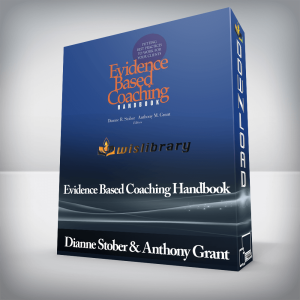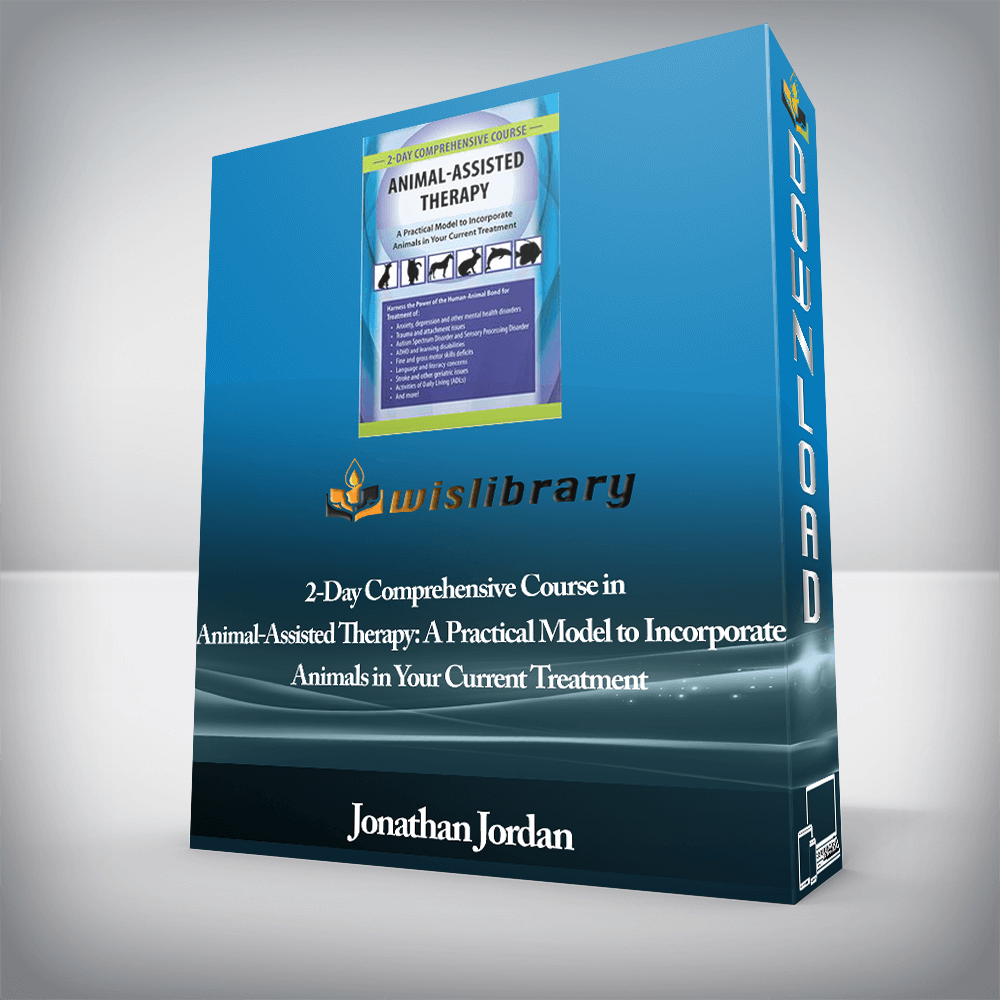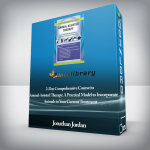Jonathan Jordan – PESI – 2-Day Comprehensive Course in Animal-Assisted Therapy: A Practical Model to Incorporate Animals in Your Current TreatmentDescriptionWatch this 2-day comprehensive course recording in Animal-Assisted Therapy (AAT) and learn a practical framework that facilitates incorporating evidence-based AAT into your current treatment methodology. You will receive specific, practical examples of how to implement AAT to greatly improve treatment outcomes for children, adolescents, adults, and geriatric client outcomes in a surprisingly broad range of areas, including:Reduce stress and anxiety and lower blood pressureLessen symptoms of depression and lonelinessEnhance mindfulness and attachmentLessen the effects of trauma and PTSDImprove human-to-human social functioningHelp people suffering from agoraphobiaImprove sensory recognition in people recovering from a strokeHelp individuals with learning disabilities and speech and language deficitsImprove Activities of Daily Living (ADLs)Assist addicts to remain clean and soberIncrease feelings of acceptance and belongingAnd More!You will receive resources to help you immediately implement your own AAT program, including how to select a therapy animal, tools to assess for the animal’s temperament, limitations and stress levels, and how to include AAT on a treatment plan and document it in the progress notes. Learn the latest research outcomes, solid neuroscience about the human-animal emotional bond, and information about relevant laws.AAT improves treatment outcomes in a wide variety of fields, including mental health, speech and language pathology, occupational therapy, physical therapy, education, and medical.ObjectivesUtilize the KADRA Model to incorporate animals in your current treatment to improve clinical outcomes.Summarize the role of animals in enhancing mindfulness in humans to help reduce symptomology.Explain the difference between a therapy animal and a service animal as it relates to clinical treatment.Describe the difference between the roles of the animal handler and the treatment provider in a therapeutic setting.Summarize the research related to clinical outcomes of Animal-Assisted Therapy as it relates to assessment and treatment planning.Implement Animal-Assisted Therapy (AAT) interventions to reduce symptoms of trauma, stress, anxiety, and depression in clients.Develop AAT interventions to treat deficits and disabilities related to speech-language pathology, occupational therapy, and physical therapy.Construct a comprehensive treatment plan that incorporates AAT interventions to improve clinical outcomes.Differentiate between the major federal laws that impact AAT to inform clinical treatment.Articulate the definition of Animal-Assisted Therapy and how it differs from other animal-assisted interventions.Implement three different types of AAT that are included in the KADRA Model.Present specific attributes and characteristics to identify when choosing a suitable therapy animal for AAT.OutlineA Framework to Harness the Power of the Human-Animal Bond in TreatmentThe KADRA Model of Animal-Assisted InterventionsIncorporate AAT with other evidence-based therapiesThe major categories of AATMindfulness of Animals – Help Humans Thrive Not Just SurviveThe neuroscience of the human-animal emotional bondWhy zebras don’t get ulcersHow animals help us overcome traumaThe Incredible Range of Therapeutic Benefits in Animal-Assisted Therapy (AAT)Evidence-based research and outcomesTherapy animals, service animals, and emotional support animalsDisorders that respond well to AATEnhance the therapeutic relationshipLimitations and potential risksPRACTICAL APPLICATION OF THE KADRA MODELTreatment Planning and GoalsHow to include AAT on a treatment planHow to document AAT in progress notesWhat you need to know about billingConsiderations for closureInteraction techniques for client and animalPractical Examples/Case Studies of AAT for:Mental, Emotional, and Behavioral DisordersTrauma and PTSDAnxiety and depressionAttachmentConduct DisordersAutistic Spectrum DisorderADHDSocial-emotional regulationLoneliness and self-esteemSpeech-Language and Learning DisabilitiesDyslexiaLanguage and literacyVocabulary improvementIncrease verbal interactions and communicationPhysical and Occupational IssuesFine and gross motor skillsStanding balanceStroke and geriatric issuesSensory processingActivities of Daily Living (ADLs)Start Your Own Animal-Assisted ProgramHow to choose your therapy animal: Qualifications and characteristicsCommon and less common animal species involved in treatmentDog training basicsProtocol for introducing animal and clientOrganizations and resourcesThe Legal LandscapeMajor federal laws that impact animal-assisted interventionsClient rights and when not to involve an animalInformed consentThere are no reviews yet.Add a Review Cancel replyYou must be logged in to post a review.
 Axia Futures – Career Programme
₹26,062.00
Axia Futures – Career Programme
₹26,062.00
 Dianne Stober & Anthony Grant – Evidence Based Coaching Handbook
₹5,644.00
Dianne Stober & Anthony Grant – Evidence Based Coaching Handbook
₹5,644.00
Jonathan Jordan – PESI – 2-Day Comprehensive Course in Animal-Assisted Therapy: A Practical Model to Incorporate Animals in Your Current Treatment
₹10,292.00





